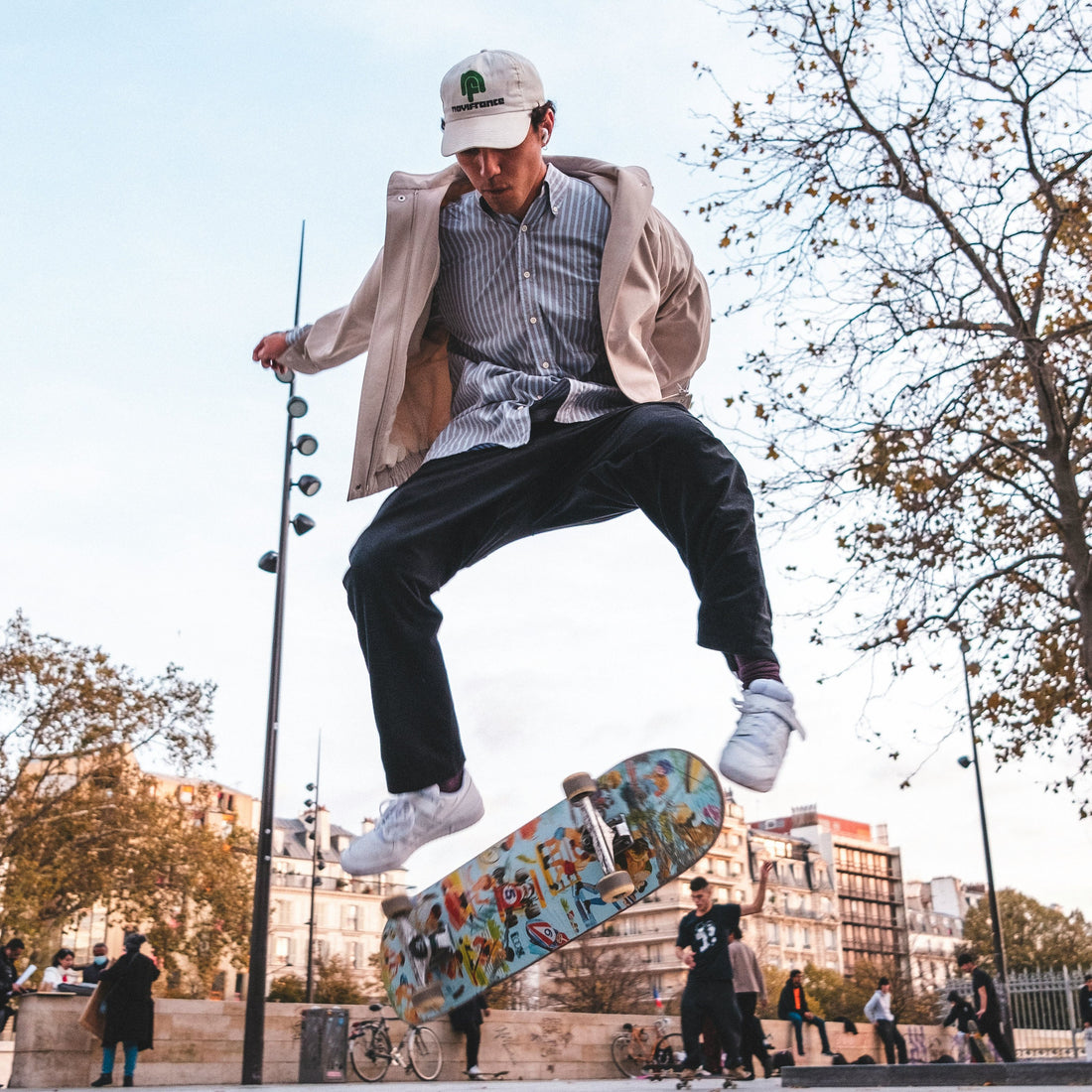
The roots of streetwear
Share
Streetwear didn’t start in luxury boardrooms or with celebrity endorsements. It started on sidewalks, at skate spots, in record stores, and on the back pages of zines. Rooted in DIY energy and subcultural crossovers, streetwear emerged from people making what they wanted to wear—because no one else was making it for them.
The term "streetwear" didn’t exist in the 1970s, but its spirit was already alive. In Southern California, surf and skate culture gave rise to early forms of what we now recognise as the genre. Brands like Zephyr and later Stüssy weren’t just making functional clothes, they were establishing a visual language. It was anti-establishment, sun-faded, and homegrown.
By the 1980s, New York was adding new elements to the mix. Hip-hop was on the rise, and with it came a style that blended athletic wear, designer pieces, and street-smart flair. Graffiti artists wore paint-stained jackets and custom sneakers not for the camera, but because they lived in them. Punk and hardcore scenes added their own flavour—ripped denim, leather jackets, band tees, each item worn with intent, often repurposed or reprinted by hand.
The 1990s saw the genre begin to take form. Brands like FUBU, Karl Kani, and Cross Colours made space for hip-hop aesthetics in fashion. Meanwhile, skaters and graf heads gravitated toward independent labels like Supreme and Alife, which took a local-first approach and leaned into cultural references that big brands missed entirely.
Streetwear became the uniform for subcultures that valued authenticity. It was never just about the garments themselves; it was about context. Who made it? Who wore it? Where did it show up? There was no marketing machine telling you what mattered, credibility came from within the community. A logo wasn't just a brand, it was a signal.
In Japan, the movement took on new form. Brands like BAPE, NEIGHBORHOOD, and WTAPS translated Western influences into something uniquely Japanese, marked by meticulous design and obsessive detail. Their approach reflected a reverence for craftsmanship, but still carried the same rebellious energy that defined streetwear's earlier forms.
Fast forward to the 2000s and beyond, and streetwear was no longer underground, but its DNA remained. The best brands, the ones with real staying power, kept that original spirit alive: small batch, community-built, character-driven.
At its core, streetwear is still about making something because no one else is making it. It's about telling stories through fit, fabric, and feeling. It speaks quietly but clearly, and for those who live in the details, it's never gone out of style.
